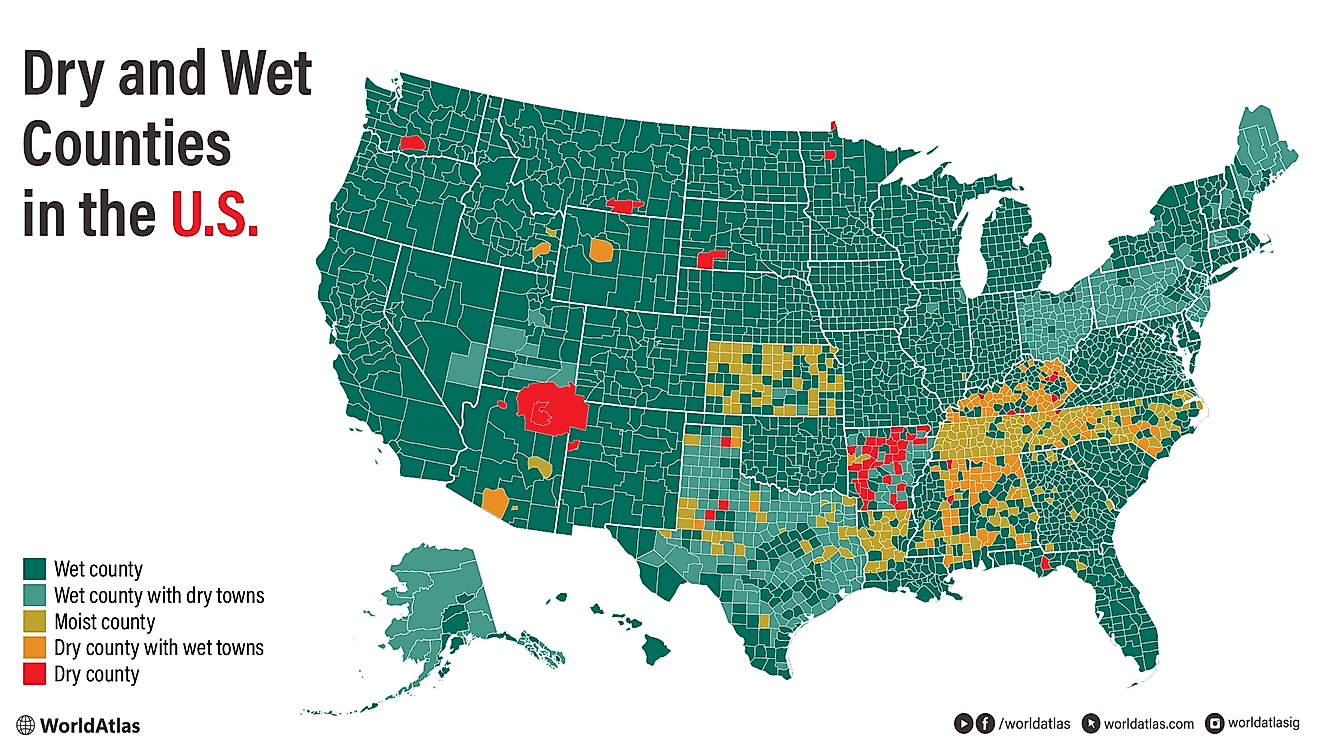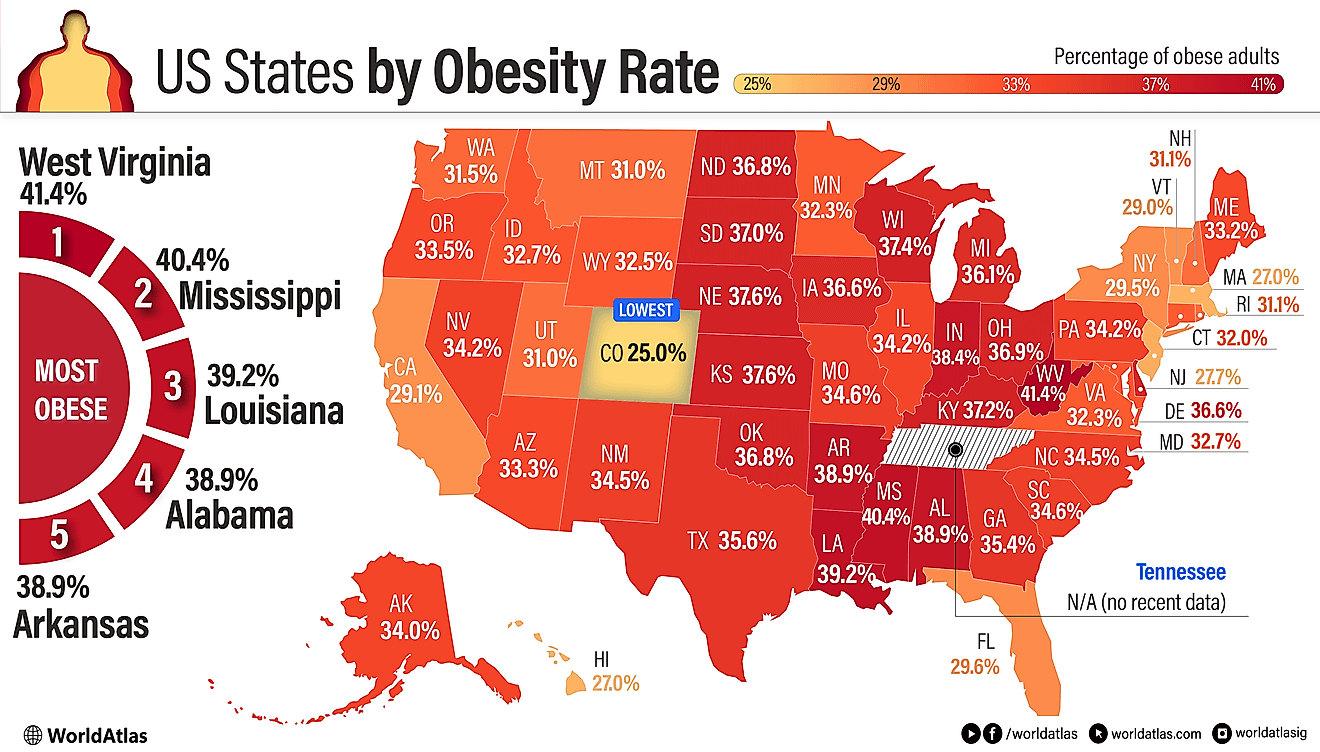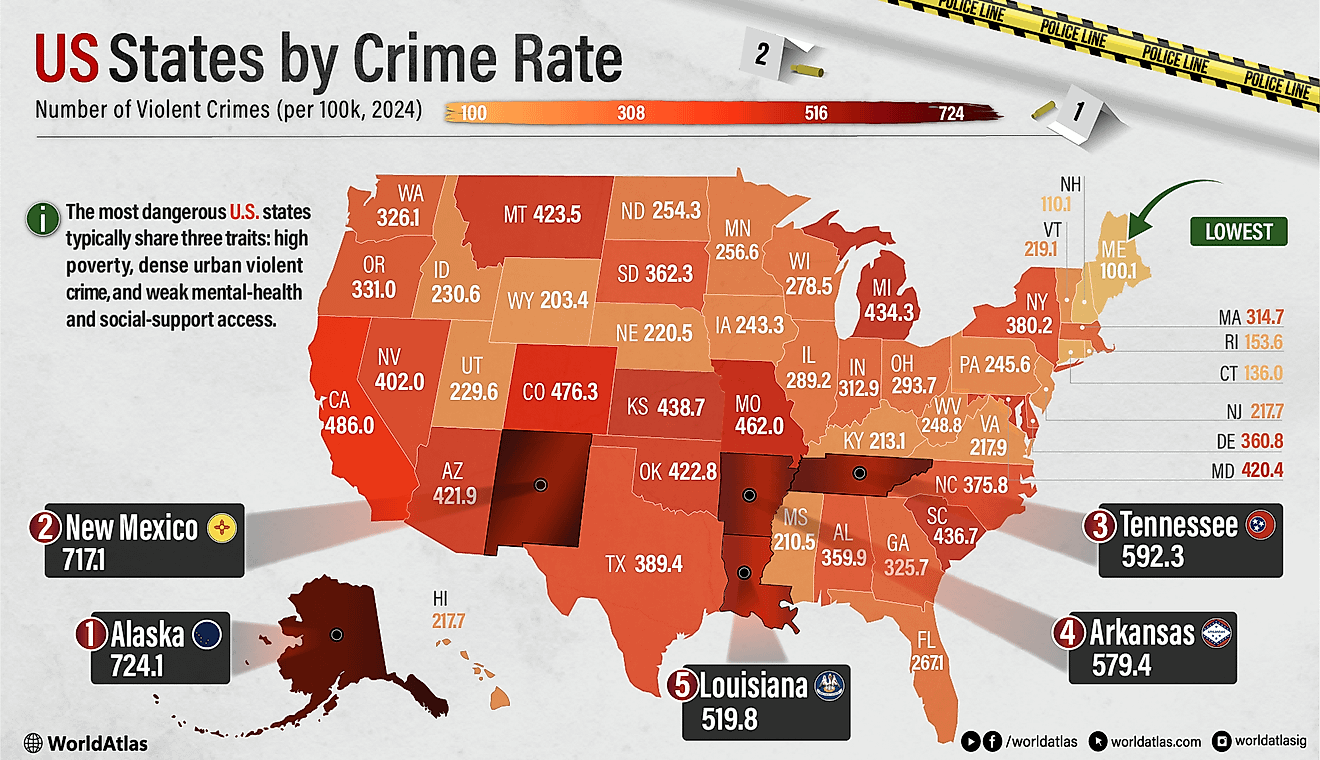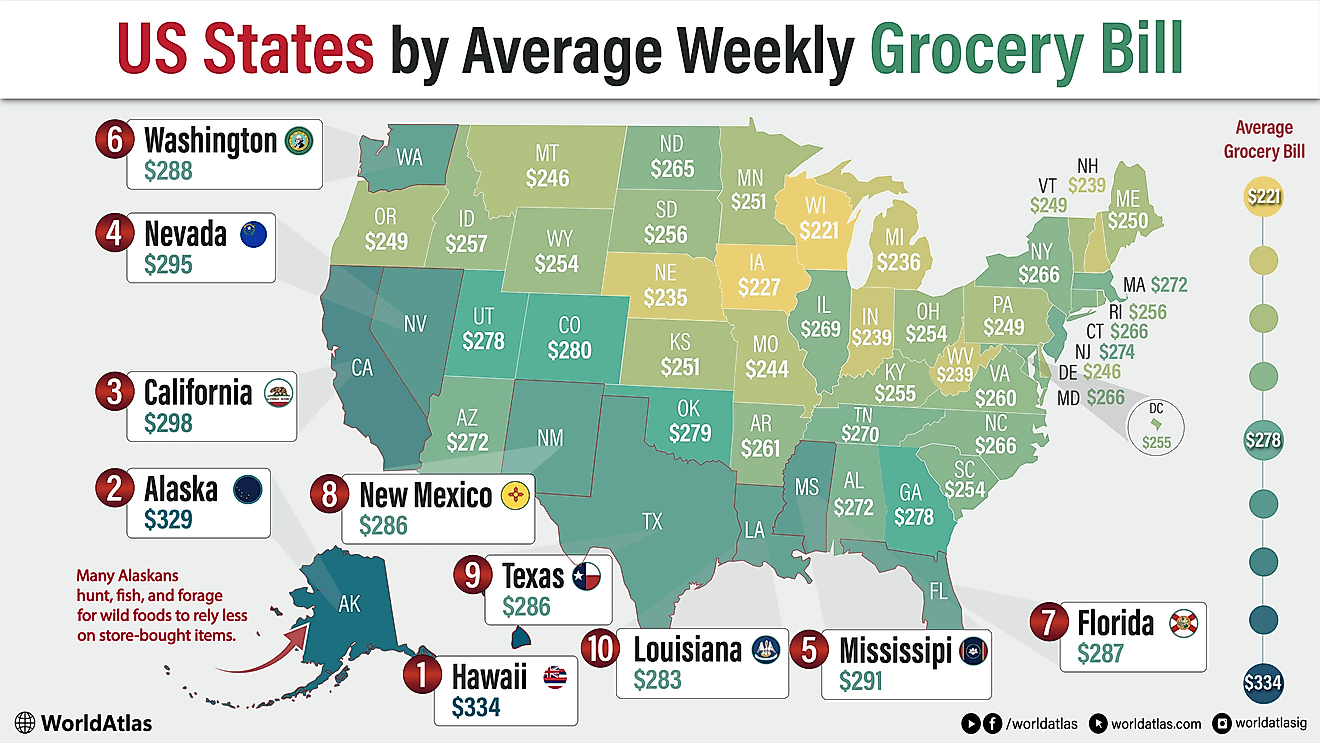Which State Is Known As The Beehive State?
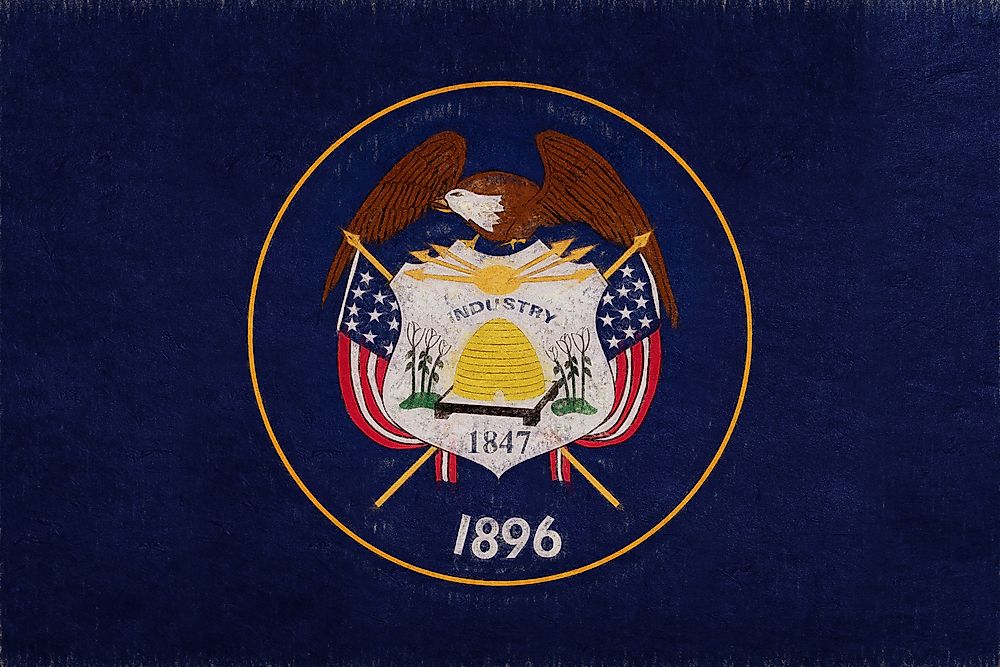
Each of the 50 states that make up the United States has a nickname. These nicknames are chosen by the local community in the states and have a meaning behind them. Some states select nicknames that reflect the moral standards of the residents while others use their respective geography to select a nickname. The state of Utah, for example, is known as the Beehive State. Many residents believe that the “beehive” nickname is used as a testament to the virtues of hard work and perseverance in Utahans.
Which State is Known as the Beehive State?
History
While the state had been settled on for thousands of years, the Mormons who moved into the state in the 19th century were most influential in the founding of the state. Utah was so named by these early settlers who mispronounced the name “Yuttahih,” the name given to Navajo Indians by the Apache which translates to “one that is higher up.” The early Mormon settlers thought that the term was used to refer to other tribes who resided on higher parts of mountains than the Navajo Indians. The Mormons then established settlements in the region from Pleasant Grove to Spanish Fork to Cedar City and Farmington, all of which became prosperous. The prosperity of the state was attributed to the industry of the Mormon settlers whose hard work was compared to that of the honey bee.
The State Of Deseret
When the early settlers from the Church of Jesus Christ of Latter-day Saints moved into present-day Utah, the region was a territory of Mexico along with the entire Southwest region of the United States. However, the state along with a considerably large chunk of territory was ceded from Mexico, a provision of the Treaty of Guadalupe Hidalgo, which was signed on February 2nd, 1848 after the Mexican-American War of 1846. Upon gaining knowledge that other regions such as New Mexico and California were applying for statehood, the Utahans decided to join the bandwagon and applied for statehood as the State of Deseret. Interestingly, the Mormons chose the name “Deseret” as it was derived from the Book of Mormon and means “honeybee,” to signify the work ethic that characterized Utah’s Mormons. The State of Deseret was an ambitious proposal and if successful, would lead to the establishment of one of the largest states in the country. The proposed territory of the State of Deseret spanned between the Rockies and the Sierra Nevada and would have encompassed the entire modern-day Utah and Nevada as well as huge chunks of California, New Mexico, Wyoming, Colorado, Idaho, Arizona, and Oregon. Salt Lake City was selected as the proposed capital city of the State of Deseret. However, the proposal was put on hold after the creation of the Utah Territory by Act of Congress in 1850.
Symbols
The beehive is depicted in the official state emblem of the state of Utah. The Legislature of Utah adopted the beehive as the provisions of House Bill Number 34, which was effected on March 4th, 1959. The beehive is also depicted on the official flag of Utah as well as Utah’s official seal. The beehive was also depicted in the flag of the State of Deseret as well as in the official flag and Coat of Arms of the Utah Territory.
Which State is Known as the Beehive State?
| State Name | State Nickname |
|---|---|
| Alabama | Yellowhammer State |
| Alaska | The Last Frontier |
| Arizona | The Grand Canyon State |
| Arkansas | The Natural State |
| California | The Golden State |
| Colorado | The Centennial State |
| Connecticut | The Constitution State |
| Delaware | The First State |
| Florida | The Sunshine State |
| Georgia | The Peach State |
| Hawaii | The Aloha State |
| Idaho | The Aloha State |
| Illinois | The Gem State |
| Indiana | Prairie State |
| Iowa | The Hoosier State |
| Kansas | The Hawkeye State |
| Kentucky | The Sunflower State |
| Louisiana | The Bluegrass State |
| Maine | The Pelican State |
| Maryland | The Pine Tree State |
| Massachusetts | The Old Line State |
| Michigan | The Bay State |
| Minnestoa | The Great Lakes State |
| Mississippi | The North Star State |
| Missouri | The Magnolia State |
| Montana | The Show Me State |
| Nebraska | The Treasure State |
| Nevada | The Cornhusker State |
| New Hampshire | The Silver State |
| New Jersey | The Granite State |
| New Mexico | The Garden State |
| New York | The Land of Enchantment |
| North Carolina | The Empire State |
| North Dakota | The Tar Heel State |
| Ohio | The Peace Garden State |
| Oklahoma | The Buckeye State |
| Oregon | The Sooner State |
| pennsylvania | The Beaver State |
| Rhode Island | The Keystone State |
| South Carolina | The Ocean State |
| South dakota | The Palmetto State |
| Tennessee | Mount Rushmore State |
| Texas | The Volunteer State |
| Utah | The Lone Star State |
| Vermont | The Beehive State |
| Virginia | The Green Mountain State |
| Washington | The Old Dominion State |
| West Virginia | The Evergreen State |
| Wisconsin | The Mountain State |
| Wyoming | The Badger State |
| The Cowboy State |
